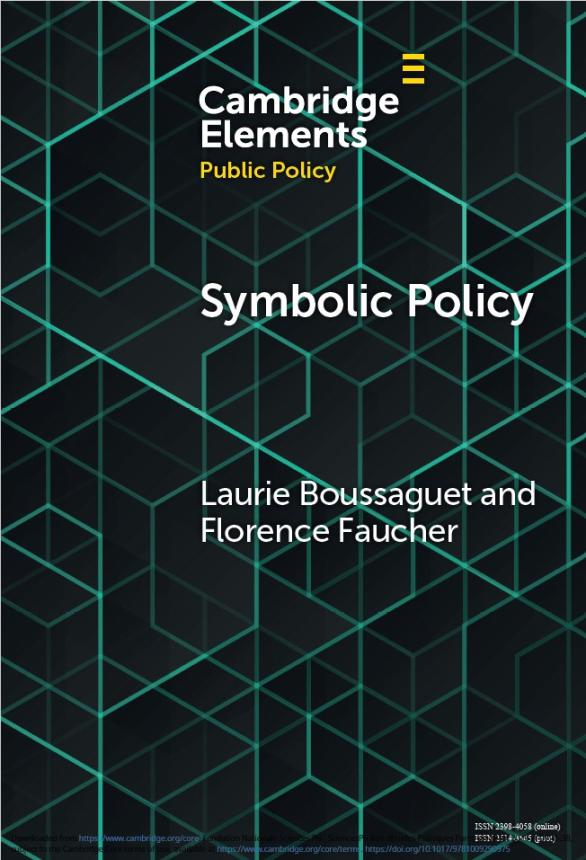Thank you for your message. The IPPA team will get back to you shortly. You first need to login here.



Symbols are everywhere in politics, all politicians use the symbolic —whether consciously or otherwise—, and all policies have a symbolic dimension, Laurie Boussaguet and Florence Faucher argue.
In their latest book, Symbolic Policy (Cambridge University Press, 2025), they show how symbols shape citizens' representations thanks to their ability to combine meanings and to stimulate emotional reactions.
Using crisis management as their analytical lens, they focus on two case studies: governmental responses to the Covid-19 crisis in Europe in 2020 and to terrorist attacks in France in 2015. They demonstrate how the symbolic enables leaders to claim legitimacy for themselves and their decisions, while fostering feelings of reassurance, solidarity, and belonging.
What role and impact, if any, did the symbolic have in those cases? Why should symbols be considered in policy analysis? How do you study symbolic policy? Laurie Boussaguet and Florence Faucher answer those questions in a video interview.
Reference
Symbolic Policy, by Laurie Boussaguet and Florence Faucher, Cambridge University Press (series Cambridge Elements - Public Policy).
Published online 30 November 2024. Print edition: January 2025.
DOI: 10.1017/9781009290975
Contents
1 What Is the Symbolic?
2 The Symbolic: An Overlooked Dimension of Policy
3 The Symbolic and Legitimacy
4 The Symbolic, Reassurance, and Trust in the Future
5 The Symbolic, Unity, and Trust ‘in Us’
6 The Symbolic and Time
7 The Symbolic, Structure, and Agency
8 The Effects of the Symbolic
9 Conclusion
References


Thank you for your message. The IPPA team will get back to you shortly. You first need to login here.